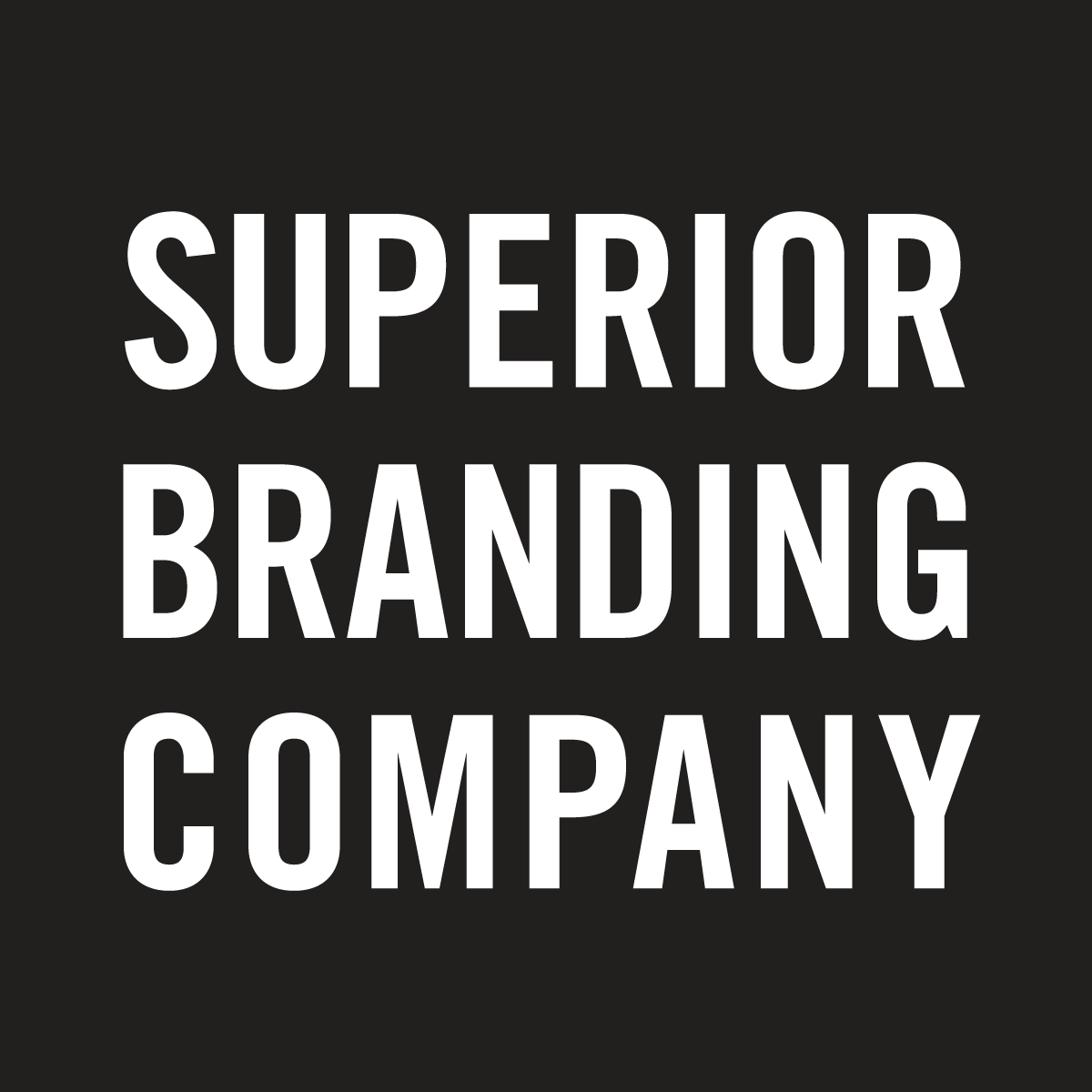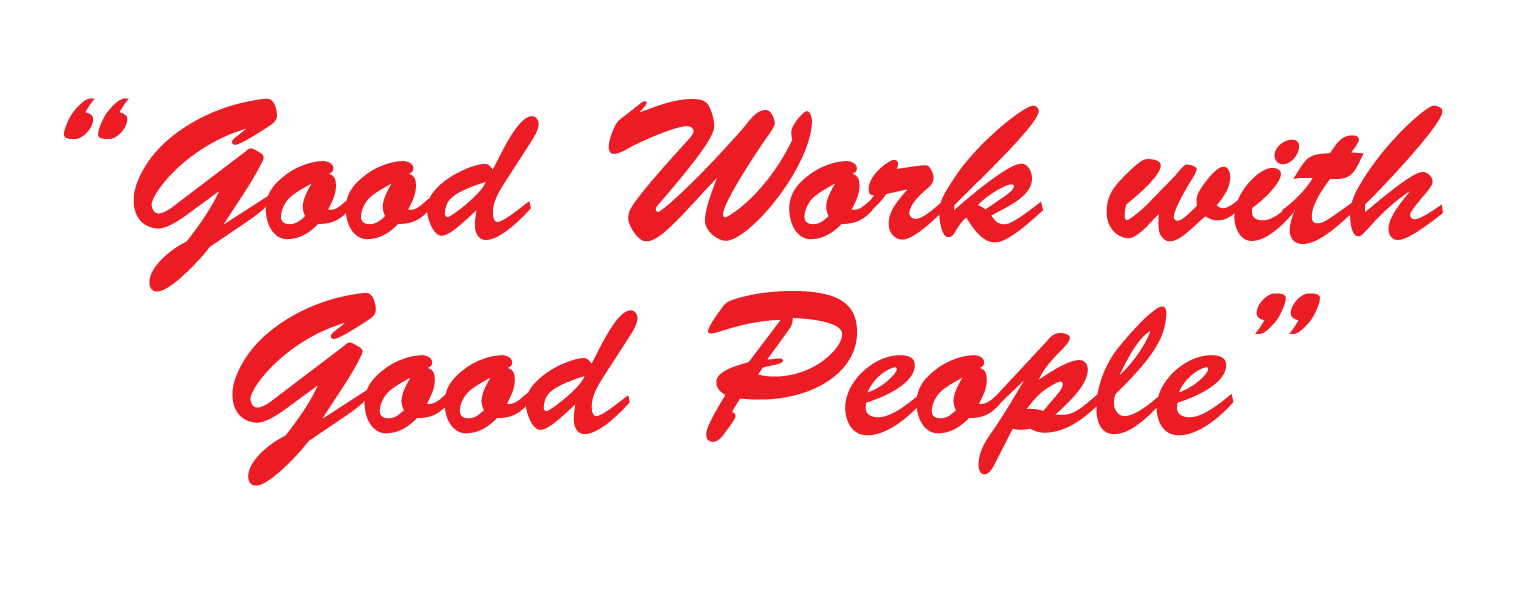Brand Psychology
Brand Strategy
How do we maintain integrity in a market that wants us to look and act the same?

“It is the tremendous experiment of becoming oneself...which unites the most diverse cultures in a common task.”
“It is the tremendous experiment of becoming oneself... which unites the most diverse cultures in a common task.”
– Carl Jung, Alchemical Studies
Let’s start by identifying what we mean by integrity. It’s one of the few words that, depending on who you ask, can draw out many different definitions. One view of integrity is staying true to oneself, being “in integrity” means not just to those around you with your word and deed, but to your own unique sense of self. Another hint to the meaning of integrity can be found in the word “integrated” which shares the root, suggesting that when concealed parts of ourselves are integrated (i.e. - made conscious), we get closer to who we really are.
This task of “becoming oneself,” or individuation, is a through-line in Carl Jung’s psychology that is the essential work of a lifetime. The process is as much discovery as it is is intentional experimentation and dialogue with the world around us, and the work never ends.
In our approach to brand strategy and organizational design, we utilize Jung’s psychological framework of discovering and acting from an integrated whole. We call this approach “brand-self awareness,” with the understanding that an organization functions very much like an individual psyche. This becomes the basis for differentiation, authenticity, integrity in a rapidly changing world.
What follows is an exploration of some of Jung’s core concepts and how they apply to the increasingly difficult task of becoming ourselves.
Self Inquiry
"Our freedom extends only as far as our consciousness reaches."
Developing the habit of continuous self-inquiry is the most important thing we can do in the process of becoming ourselves. For an organization, the practice of self-inquiry has has to be more than an exercise performed quarterly, and more than a top-down mandate. Self inquiry is a mindset that can be adopted by everyone. It is the consistent evaluation of the interior and exterior functions of a system to discover what is being hidden, and as a result, unconsciously influencing behavior.
The key to our success is found in the unexplored areas of ourselves. This appears to be an intuitive truth, but we rarely put it into practice. If we make a formalized, active inquiry into our personal or organizational psyche, we are accessing an unconscious that has within it the structure of our integrated self.
To support this process, SBC created Dynamic Archetypes. These archetypes begin to map the structure of the brand-self through complementary pairs of behavior (for example, how well a brand is “Initiating” or “Listening”).
The Unconscious
"The collective unconscious contains the whole spiritual heritage of mankind's evolution born anew in every individual."
Literally everything that we’ve yet to make conscious, the unconscious is a massive resource for creative potential. When we make an effort to develop a dialogue with it, we connect with a storehouse of archetypes, ideas, and information that can help move culture forward.
Together we share a “collective unconscious” - this where the myths and symbols lie. Jung’s discovery of the collective unconscious shows that the stories we tell and the symbols we use are deeply universal, connecting to something deeper than just our personal experience. In brand development, the material we draw from the collective unconscious finds powerful expression in collective myths, human stories, and archetypal symbolism.
At a more superficial level, our personal or organizational unconscious is the material that is just out of reach, if only we inquired within. This is where our “shadow” lives - which ultimately is the path towards our integrated, whole self.
The Shadow
"The key to wholensss is found in the shadow, which contains the inferior function. It is the cause and instrument of wholeness."
The shadow contains the unconscious aspects of ourselves that we’ve yet to integrate, and is the material that we work with in the process of self discovery. The contents of the unintegrated shadow reveal themselves through how an organization looks and sounds, how it acts, treats its employees and partners, and how it engages with its audience. The shadow will ultimately express itself through actions and words when they’re not being carefully edited.
We often choose an identity or public-self to express ourselves that is the opposite of our shadow-self, constructing our external reality to make up for what we’re not addressing internally. In this way, a “persona” is crafted that serves the compensatory function of telling others exactly who we aren’t. In the case of an organization, the shadow is usually found in the part of the organization that is being over-emphasized.
Making aware the parts of our self that are hidden requires surfacing of material that is often uncomfortable to face. The shadow paradoxically hold the key to our growth, if only we make a direct and often confrontational inquiry into its contents.
Individuation
"The persona is that which in reality one is really not, but which oneself and others thinks one is. The temptation to be what one seems to be is great, because the reward is usually in cash."
Jung’s concept of individuation is both the process and the result of becoming ourselves. In the exploration of identifying and integrating the unconscious parts of our whole self, no two processes are alike. Every person and organization has their own unconscious to draw from.
Through individuation, we discover the edges of our integrity in the relationship with our environment. Whether a local market or a global one, we are in dialogue with those we seek to serve and how we will adjust or compromise in doing so. The most dynamic organizations listen and relate empathically to their audiences, and move culture forward at the same time.
There will always be a tension between creating something for right now and for lasting impact. Based on Jung’s theory of inflation, SBC created the "Brand / Culture Axis" to understand our relationship to trends, cultural moments, and the status quo - capturing momentum without over identifying with it.
Archetypes
"Archetypes are not static but in a continuous dramatic flux..."
For the past thirty years, brand designers have incorporated twelve traditional archetypes to invoke deep meaning. Borrowing from Jung, we have understood that brands can can self-identify with archetypal energy to catalyze change, build community, and provide a sense of connection to something bigger. The twelve (The Magician, Lover, Caregiver, etc.) have been curated for brand development and marketing, but Jung’s discovery of archetypes goes much deeper than static mythological profiles. Archetypes are instinct and energy within the unconscious before they become images or behaviors, and can be accessed to serve the new conversational, dynamic market that we are now struggling to compete in.
As a complement to the traditional twelve archetypes which serve as brand “DNA,” SBC developed Dynamic Archetypes, a framework for self-inquiry brands need to better understand themselves and the audiences they seek to reach. As brand designers, we need to start thinking of archetypes not only as nouns, but as verbs. Going forward, we must ask ourselves at any given time, what aspects of our whole self are we acting out?
Get the quarterly newsletter
CONTACT US | OUR STORE | INSTAGRAM
hello@superiorbranding.co
©2022 Superior Branding Enterprises, Inc.

